One’s harmless. The other can ruin your week with a single bite.
Garter snakes and copperheads may cross your path on the same trail—but don’t treat them the same. These two serpents might share some real estate, but they’re wildly different when it comes to looks, behavior, and what happens if you get too close.
One slithers away without drama.
The other… not so much.
If you’ve ever frozen mid-step trying to ID a mystery snake, you’re not alone. But once you know the signs, spotting the differences is easier than you think—and it could save you a lot of pain.
Physical Appearance
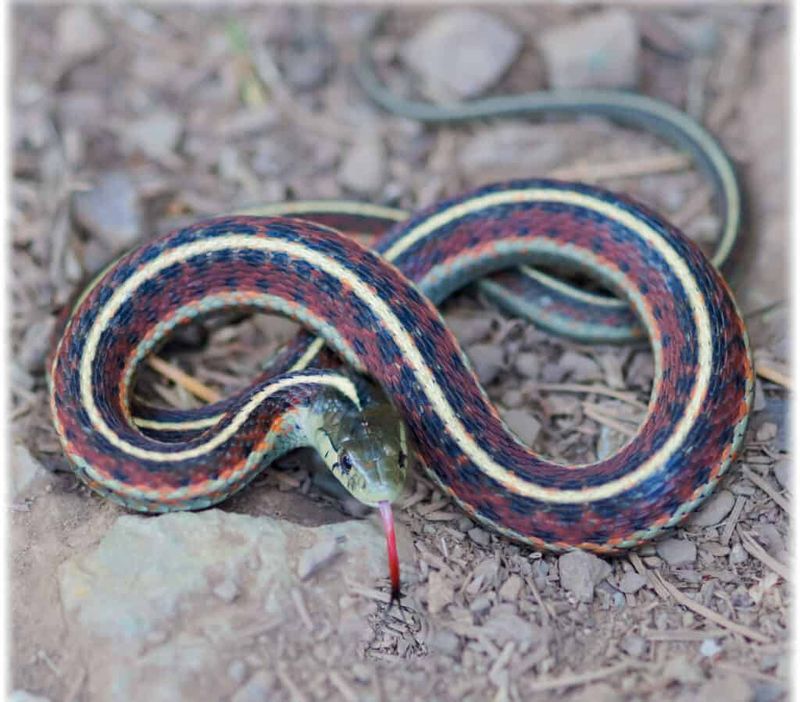
Garter snakes often exhibit a combination of stripes, spots, or even checkerboard patterns, featuring color schemes of green, yellow, brown, or blue. Copperheads, in contrast, are easily recognized by their hourglass-shaped bands in colors ranging from tan to coppery brown. These contrasting patterns serve as nature’s camouflage, blending them seamlessly into their environments. While the garter snake’s slender body allows it to slither gracefully through grasslands, the copperhead’s robust form is perfectly adapted for wooded areas. Recognizing these visual cues aids in appreciating their unique adaptations and behaviors.
Habitat Preference
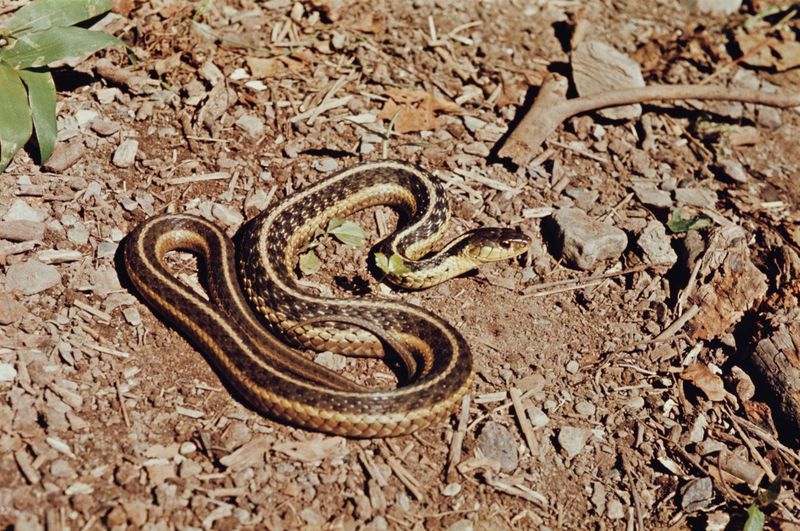
Garter snakes are versatile dwellers, thriving in diverse habitats such as gardens, grasslands, and wetlands. Their adaptability is astonishing, allowing them to coexist with human environments. On the flip side, copperheads prefer wooded areas, rocky hillsides, and dense leaf litter, where their coloration provides perfect concealment. This preference for different habitats impacts their interactions with other wildlife and humans. Whether it’s a garter snake basking on a rock or a copperhead nestled in a forest, each habitat tells a story about their lifestyle and survival strategies.
Dietary Habits
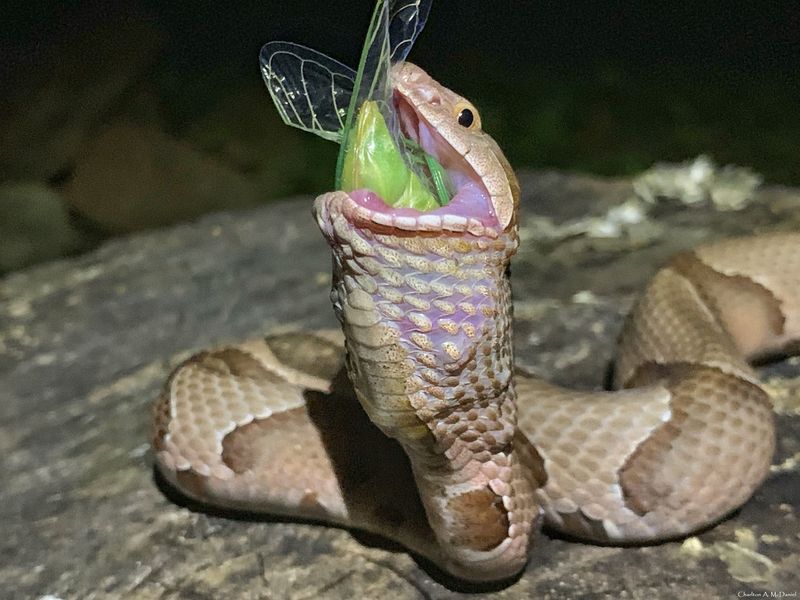
Garter snakes have a varied diet, munching on amphibians, earthworms, and small fish. Their flexible palate allows them to thrive in various ecosystems. Copperheads, with their pit viper lineage, are more specialized, primarily preying on small mammals and birds. Their venomous bite helps them efficiently subdue prey. These dietary habits reflect their ecological roles: garter snakes as generalists and copperheads as stealthy predators. Observing these fascinating feeding behaviors sheds light on the complex food web dynamics in their respective habitats, highlighting nature’s intricate balance.
Reproduction
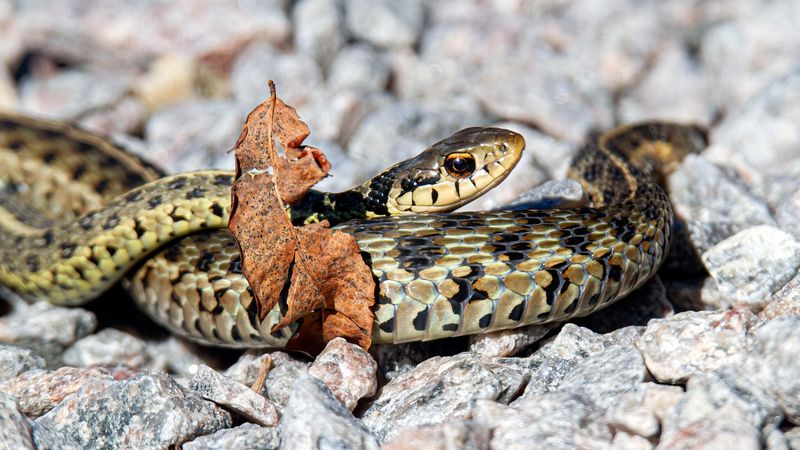
Garter snakes are renowned for their impressive mating balls in spring, where numerous males vie for one female. This spectacle is a testament to their reproductive strategy. Contrarily, copperheads exhibit ovoviviparity, with females giving birth to live young rather than laying eggs. This method provides a higher survival rate for the offspring. These contrasting reproductive behaviors illustrate the diverse evolutionary paths these snakes have taken, enhancing their survival in varied environments. Witnessing these reproductive events is a reminder of nature’s wonders and its myriad life forms.
Venom and Defense
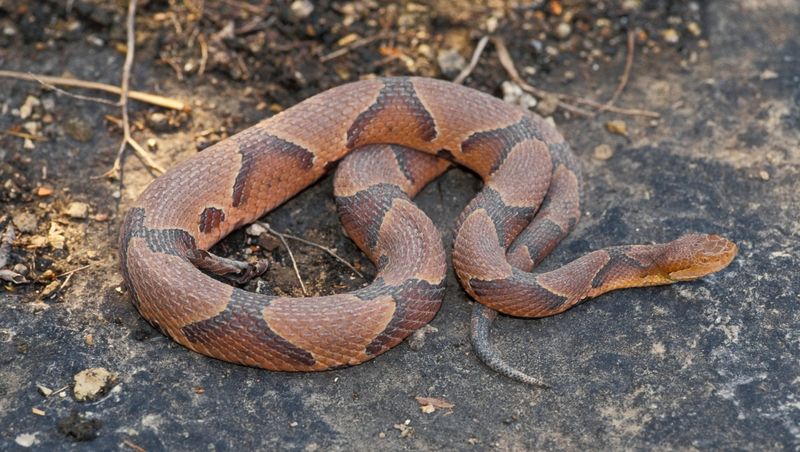
Copperheads are venomous, possessing hemotoxic venom that immobilizes prey and deters predators. Their venom is potent but rarely fatal to humans. Garter snakes, however, are non-venomous and rely on musk secretion as a primary defense. This musky scent can deter potential threats. The contrast in their defensive strategies highlights their evolutionary adaptations. While a copperhead’s menacing display might command respect, a garter snake’s reliance on odor is subtle yet effective. Understanding these tactics can foster appreciation and respect for their ecological roles.
Behavioral Traits
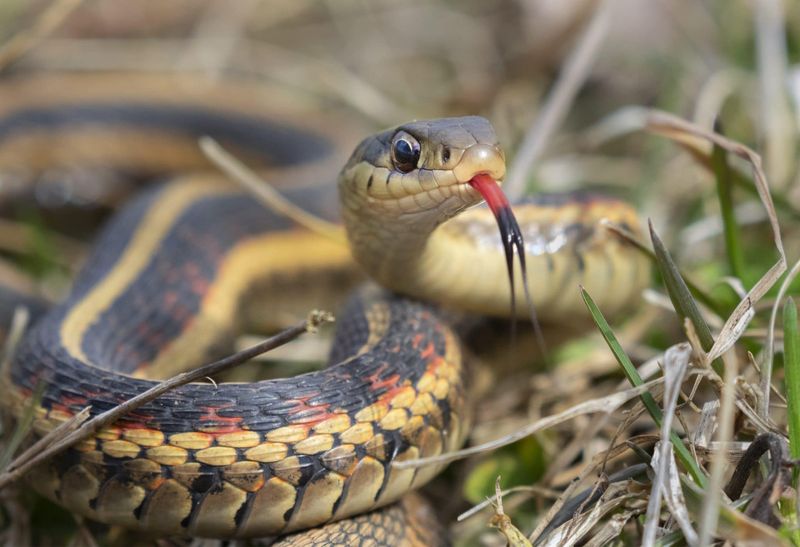
Garter snakes are diurnal, often seen basking in the sun or actively foraging during the day. Their lively nature makes them frequent sights in gardens and meadows. Copperheads, however, are more reserved, primarily nocturnal, and rely on their camouflage to stay hidden. Their behavior is dictated by their need to conserve energy and ambush prey. These behavioral differences reveal how each species has adapted to its niche, balancing energy expenditure with survival. Observing them in the wild offers insight into their unique lifestyles and survival instincts.
Geographic Distribution
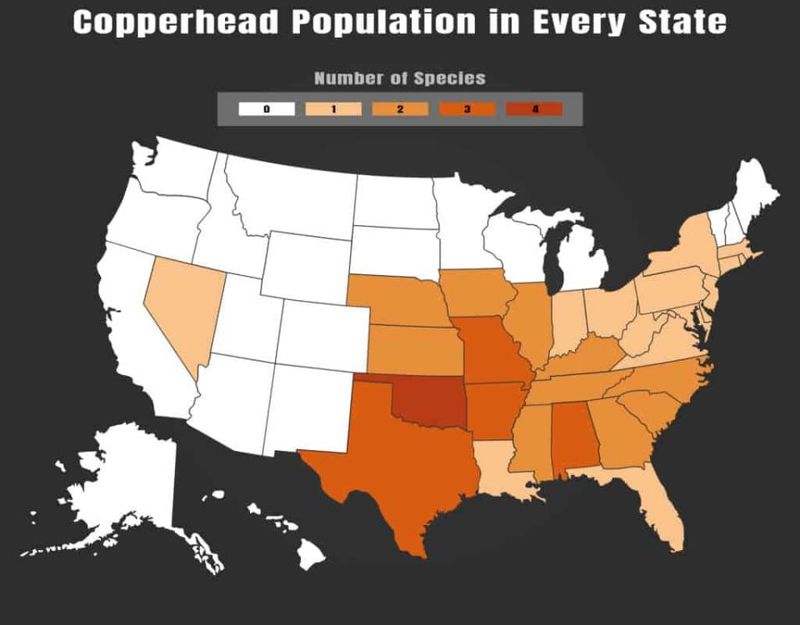
Garter snakes boast a broad distribution, spanning most of North America. They adapt well to various climates, from coastal regions to mountain terrains. Copperheads, in contrast, are concentrated in the southeastern United States, thriving in humid environments. Their limited distribution makes them less encountered in the northern parts. These geographic distinctions influence their ecological interactions and visibility to humans. Whether it’s spotting a garter snake in a northern park or encountering a copperhead in southern woods, both snakes highlight the diverse fauna of North America.
Size and Lifespan
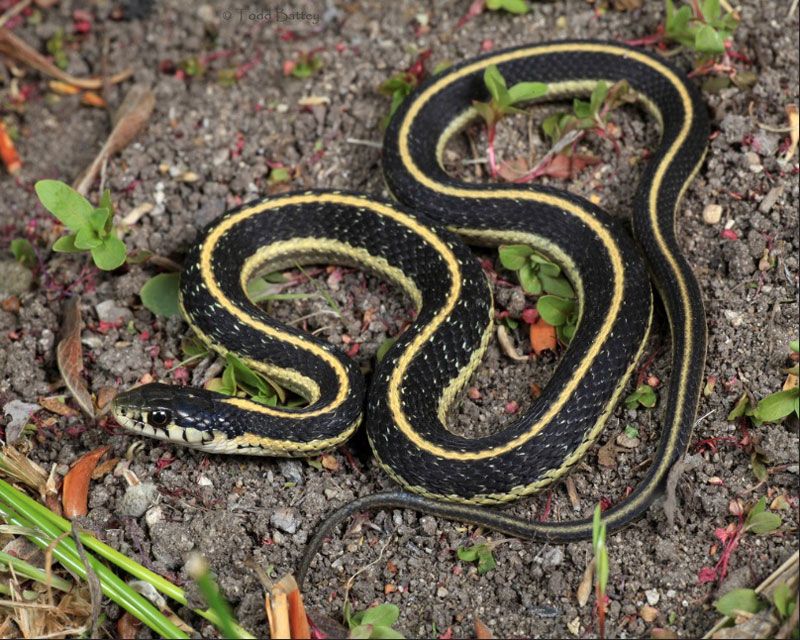
Garter snakes are generally smaller, with lengths ranging from 18 to 26 inches, but some can grow over 4 feet. Their lifespan extends up to 10 years in the wild. Copperheads are larger, averaging 24 to 36 inches, with some individuals reaching nearly 4 feet. They live up to 18 years. Size and longevity reflect their predatory roles and environmental adaptations. While a garter snake’s smaller frame allows quick maneuvering, a copperhead’s robust build aids in overpowering prey. These differences highlight their unique evolutionary paths.
Social Interaction
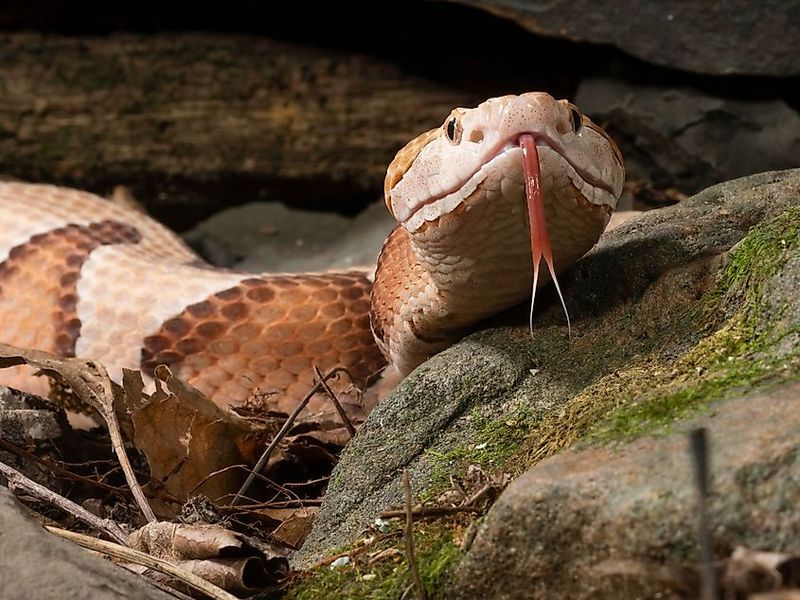
Garter snakes display social behavior, often found basking in groups or forming mating balls. Their communal nature aids in temperature regulation and predator avoidance. Copperheads, however, prefer solitude, coming together only during mating season. This solitary lifestyle benefits their ambush predation strategy. These social dynamics reflect their ecological strategies and survival instincts. Witnessing garter snakes engaging socially or a lone copperhead on the prowl offers contrasting glimpses into their interaction styles, contributing to their distinct identities within the animal kingdom.
Coloration and Camouflage
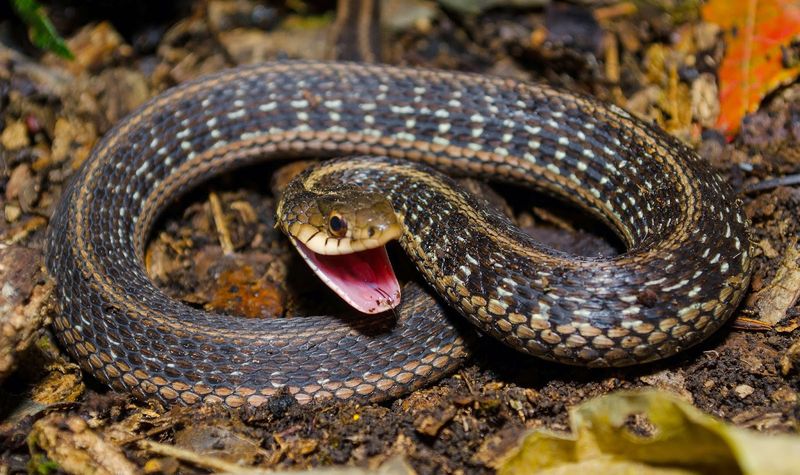
Garter snakes are known for their vibrant stripes and patterns, which range from green to blue hues. This vivid coloration serves as a warning and a means to deter predators. Copperheads, conversely, employ subtle earth tones that blend seamlessly with their surroundings, enhancing their stealth. These coloration strategies are crucial for their survival, aiding in both defense and predation. Observing their patterns can be captivating, revealing nature’s artistry in adapting creatures perfectly to their environments. Each snake’s colors tell a story of evolution and survival.
Ecological Role
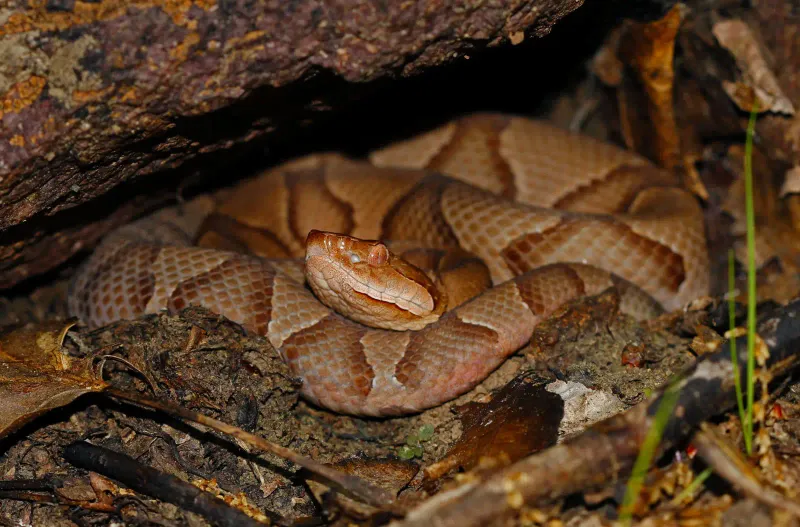
Garter snakes play a vital role in controlling pest populations, acting as natural pest controllers in gardens and farmlands. They contribute significantly to maintaining ecological balance. Copperheads, as predators, regulate small mammal populations, maintaining a balanced ecosystem. Their ecological roles are vital for biodiversity and health of their habitats. Understanding these roles fosters appreciation for their presence in nature. Observing them in action highlights their importance in ecological dynamics, ensuring the flourishing of diverse life forms within their environments.
Human Interaction
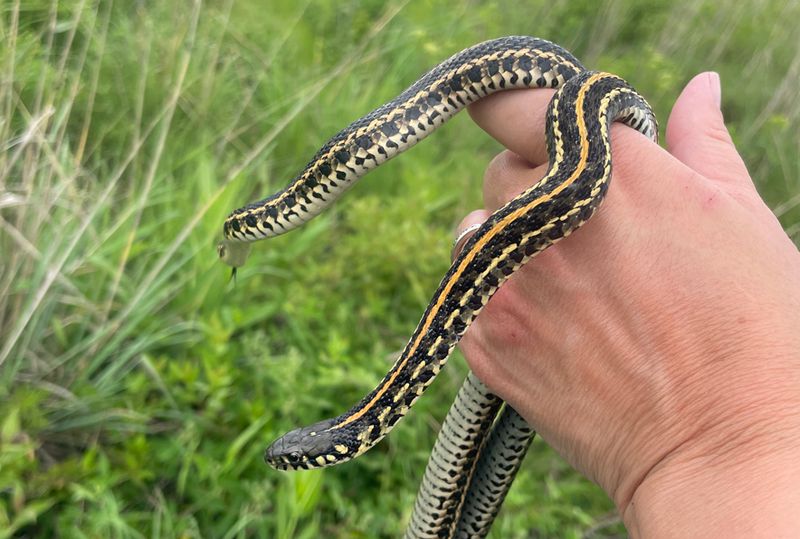
Garter snakes are often seen in gardens and yards, eliciting curiosity and sometimes fear. Their non-venomous nature allows for safe observation. Copperheads, though more feared due to their venom, are generally shy and avoid confrontation. Understanding these interactions fosters coexistence and respect. Educating communities about these snakes can reduce fear and promote conservation efforts. Observing their behaviors safely from a distance can be a rewarding experience, highlighting the rich biodiversity around us. These interactions shape our understanding and appreciation of the natural world.

